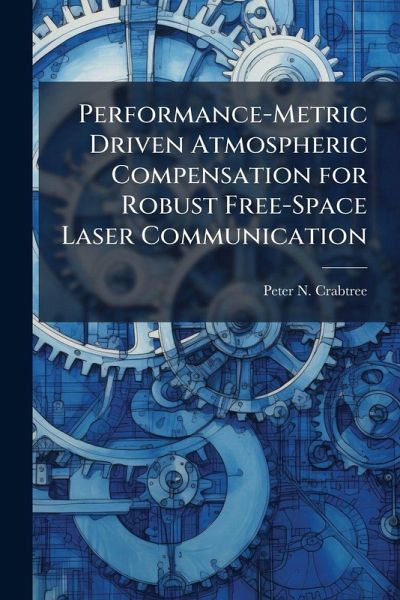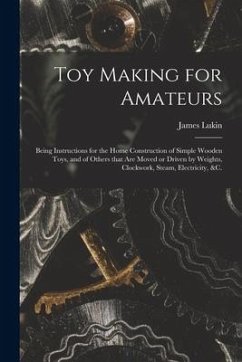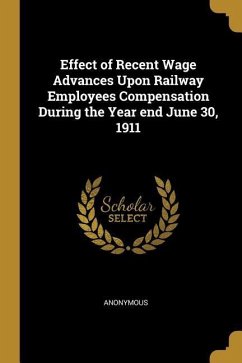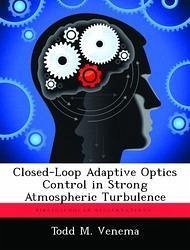
Performance-Metric Driven Atmospheric Compensation for Robust Free-Space Laser Communication
Versandkostenfrei!
Versandfertig in über 4 Wochen
18,99 €
inkl. MwSt.
Weitere Ausgaben:

PAYBACK Punkte
9 °P sammeln!
The effect of turbulence on laser propagation is a significant challenge to current electro-optical systems. While atmospheric compensation techniques in space object imaging and high-energy laser weapons have been thoroughly investigated, optimizing these techniques for Laser Communication (LaserCom) has not been examined to the same degree. Average Strehl ratio is the typical design metric for current atmospheric compensation systems. However, fade probability is the relevant metric for LaserCom. This difference motivated the investigation into metric-driven atmospheric compensation. Metric-...
The effect of turbulence on laser propagation is a significant challenge to current electro-optical systems. While atmospheric compensation techniques in space object imaging and high-energy laser weapons have been thoroughly investigated, optimizing these techniques for Laser Communication (LaserCom) has not been examined to the same degree. Average Strehl ratio is the typical design metric for current atmospheric compensation systems. However, fade probability is the relevant metric for LaserCom. This difference motivated the investigation into metric-driven atmospheric compensation. Metric-based tracking techniques for fade mitigation is the first major focus of this research. In a moderate range air-to-air scenario, focal plane spot breakup is the dominant failure mechanism. Although the impact of spot breakup on average Strehl is small, spot breakup considerably increases fade probability. This result demonstrates that optimization of an atmospheric compensation system requires consideration of the metric of interest. Metric-driven design led to exploration of peak intensity tracking, which reduces fade probability by greater than 50% over conventional centroid trackers and Adaptive Optics (AO) systems for scenarios studied. This work has been selected by scholars as being culturally important, and is part of the knowledge base of civilization as we know it. This work was reproduced from the original artifact, and remains as true to the original work as possible. Therefore, you will see the original copyright references, library stamps (as most of these works have been housed in our most important libraries around the world), and other notations in the work. This work is in the public domain in the United States of America, and possibly other nations. Within the United States, you may freely copy and distribute this work, as no entity (individual or corporate) has a copyright on the body of the work. As a reproduction of a historical artifact, this work may contain missing or blurred pages, poor pictures, errant marks, etc. Scholars believe, and we concur, that this work is important enough to be preserved, reproduced, and made generally available to the public. We appreciate your support of the preservation process, and thank you for being an important part of keeping this knowledge alive and relevant.




![The Metric System of Weights and Measures [microform]: Combining Many New and Practical Improvements in Arrangement, Notation and Applications: Prepar Cover The Metric System of Weights and Measures [microform]: Combining Many New and Practical Improvements in Arrangement, Notation and Applications: Prepar](https://bilder.buecher.de/produkte/65/65624/65624914n.jpg)

![Cylinder Proportions for Compound Engines Determined by Their Free Expansion Losses [microform] Cover Cylinder Proportions for Compound Engines Determined by Their Free Expansion Losses [microform]](https://bilder.buecher.de/produkte/65/65549/65549234n.jpg)

![Reports of the Inspectors of the Free Ports of Gaspé and Sault Ste. Marie [microform]: Together With Certain Statistical Tables of Imports Cover Reports of the Inspectors of the Free Ports of Gaspé and Sault Ste. Marie [microform]: Together With Certain Statistical Tables of Imports](https://bilder.buecher.de/produkte/66/66113/66113810n.jpg)



